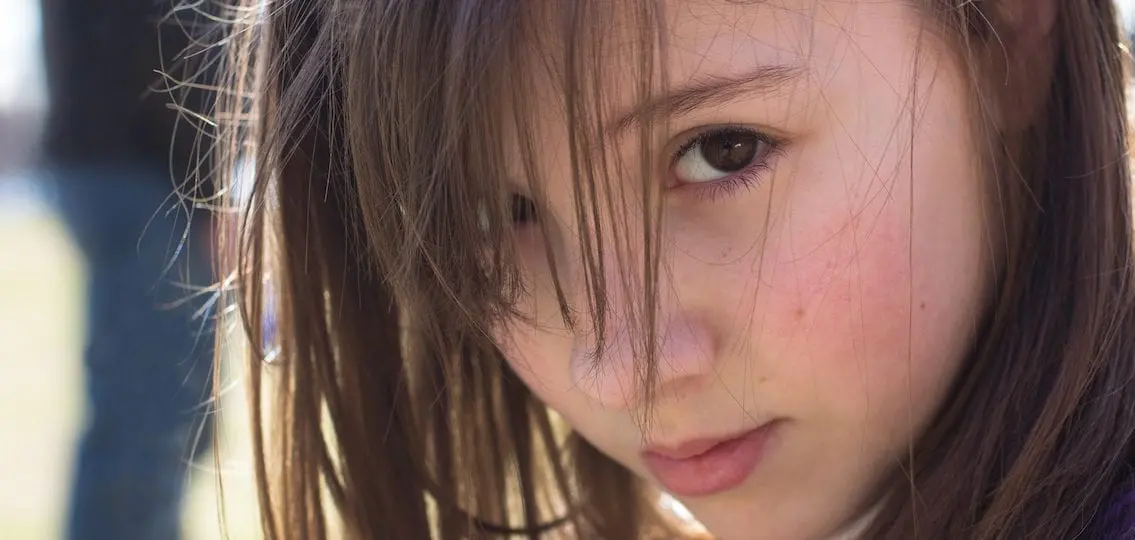Fifteen years ago, I was walking with my friend and our children on the beach headed for our favorite trattoria. We were on a joint family holiday together, with our kids of about the same age. As we passed an ice cream truck, my son Will asked if he could have a cone. “Sure,” I said. “Do you want it now or after lunch?”
Two minutes later, he was enjoying his vanilla single scoop.
My friend frowned at me disapprovingly, having told her two boys they would have to wait until after their meal. “Geez,” she complained to me. “Make me look like the bad guy, will you?”
I was genuinely surprised that this was how my friend viewed her decision. I knew my son and his eating habits. He proceeded to order and eat a healthy lunch. And he helped the other boys polish off a basket of bread with olive oil drippings. It didn’t matter if he had dessert before lunch. We were on vacation. And in our family, we always saw these “down times” as opportunities for doing things a bit differently.
Opportunities for Choice
As an educator, trained in self-discipline theory and practice, I know the importance of offering options in our children’s lives. As parents, my husband and I valued freedom of choice for our children, because decision making for kids gave them lots of opportunities to practice, and inevitably, gave them opportunities to make mistakes, while they were still under our wings.
In kindergarten, Will got two new pairs of shoes and decided to wear one of each to school. His friends thought it was pretty cool. Some of his outfits were perhaps not so well coordinated; he loved bright stripes and checks together.
When he was in middle school, Will often started summer with sleepovers that lasted for several days in a row. They called themselves bats, staying up until the wee hours, and occasionally until dawn, and then sleeping until noon. They loved the freedom to decide for themselves when it was time for bed. And it never did them any harm.
In high school, both our teenage son and daughter experimented with wild hair colors. Doerte’s locks were both a vivid green and cobalt blue at different points in her adolescent years. And at one time she also had dreds. There were definitely some regrets with this teenage decision making. Will’s bright red forelock faded quickly to pink. Doerte got a chin piercing and an ankle tattoo. (She did, fortunately, decide against the gecko on her stomach.)
As Will traversed the challenging teenage years, he equated choices to trust. Because he felt he had ours, he tried not to violate it.
When harder decisions had to be made, he also trusted us enough to include us in making them. One time, he called us from the emergency room. He had taken a friend who had had too much to drink. He knew he needed to tell the boy’s parents, but it was complicated because, for religious reasons, they didn’t imbibe alcohol. When his friend’s father arrived at the clinic, he thanked Will for sticking by his son, and for having the courage to get him help when he needed it.
Teens And Decision Making: What It’s All About
My husband and I always strove to find the balance between managing and guiding our children’s behavior. Leading by example, talking through challenges, and learning from mistakes are part of the job. When we could, we tried to encourage teenage decision making. The primary question we always considered was, “Is it safe?” Running with scissors was out of the question, but painting on the tile floor with washable paint was not. And if it was safe, then the next question would be, “Does it make a difference if…?” Dyed hair grows out, fashions like baggy pants displaying boxers pass. Provided that our children considered possible consequences and were prepared to accept them, we opted to let them be a part of the decision-making process.
We felt strongly that it was crucial to give our children opportunities to make choices, test their judgment, and yes, occasionally fail. That’s what teens and decision making is all about.
So the next time your child wants freedom to choose—getting her ears pierced, playing before doing homework, staying up later to watch a favorite team play, or wearing extreme nail art—consider before you say, “No.” Does it really make a difference if she does?




